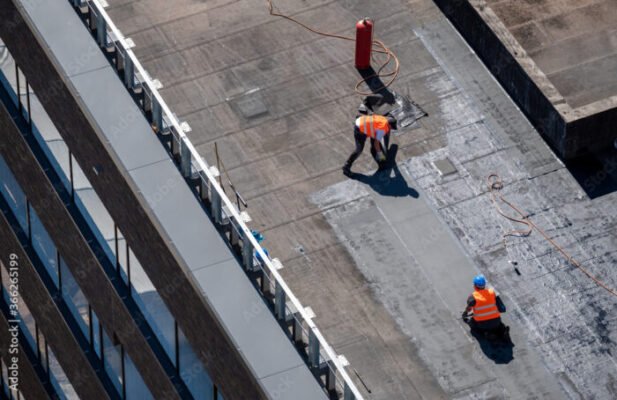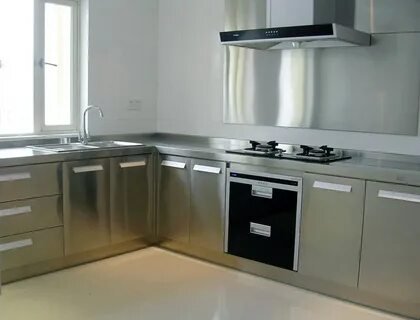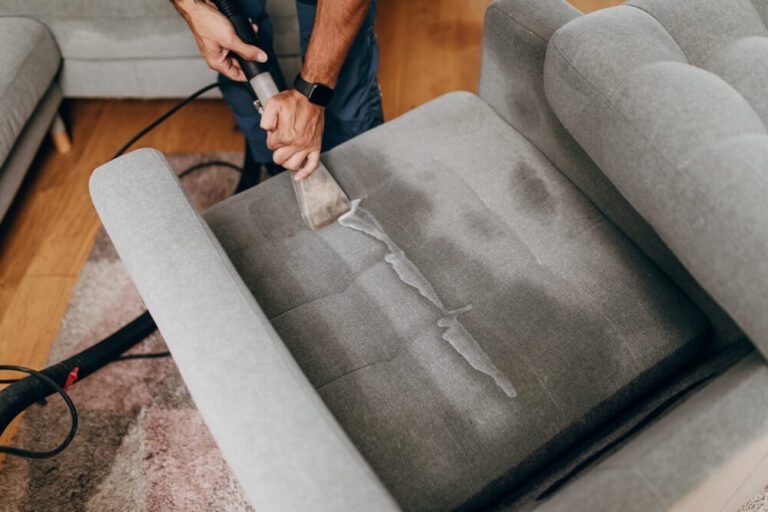Waterproofing Membranes #1 Solution For Roofs: Ensuring Long-Lasting Protection
A roof is one of the most critical components of any building. It provides shelter, insulation, and structural stability. However, exposure to rain, snow, humidity, and extreme temperatures can weaken the roof over time. Without proper protection, water can seep through cracks and gaps, causing damage to the building’s structure. This is where waterproofing membranes play a crucial role.
Waterproofing membranes create a protective barrier that prevents moisture from penetrating the roof. They help extend the roof’s lifespan, reduce maintenance costs, and improve energy efficiency. In this article, we will explore the importance of waterproofing membranes, their benefits, types, and installation methods.
Why Waterproofing Membranes Are Essential for Roofs
A well-maintained roof protects a building from weather damage, but without proper waterproofing, issues such as leaks, mold growth, and structural weakening can occur. Waterproofing membranes serve as a reliable solution to these problems.
1. Prevents Water Damage
Water is one of the biggest threats to any building. When rainwater or snow melts, it can seep through cracks, leading to rotting, mold growth, and weakened structural integrity. Waterproofing membranes provide a sealed surface that blocks water entry and keeps the roof dry.
2. Increases Roof Lifespan
Waterproofing membranes add an extra layer of protection, shielding the roof from UV rays, moisture, and temperature fluctuations. This extends the roof’s durability and reduces the frequency of repairs.
3. Reduces Maintenance Costs
Regular roof repairs due to leaks and moisture damage can be expensive. A waterproofing membrane helps reduce maintenance needs, saving homeowners and businesses money in the long run.
4. Enhances Energy Efficiency
Many waterproofing membranes are designed with heat-reflective properties, which help in maintaining indoor temperatures. By reducing heat absorption, they lower air conditioning costs and improve energy efficiency.
5. Prevents Mold and Mildew Growth
Excess moisture can lead to the growth of mold, mildew, and fungi, which can damage the roof and pose health risks. A waterproofing membrane eliminates moisture retention, preventing these issues.
Types of Waterproofing Membranes for Roofs
There are several types of waterproofing membranes available, each designed for different roofing needs. Here are the most common options:
1. Bituminous Waterproofing Membranes
Bituminous membranes are asphalt-based and widely used for flat and low-slope roofs. They come in two main types:
- Torch-Applied Membranes – These require heating with a torch to bond the membrane to the roof.
- Self-Adhesive Membranes – These come with a peel-off backing, making installation easier and safer.
Bituminous membranes are highly durable and provide excellent water resistance.
2. EPDM (Ethylene Propylene Diene Monomer) Membranes
EPDM is a rubber-based membrane known for its flexibility and durability. It is commonly used for both residential and commercial roofs.
- Resistant to UV rays and extreme weather conditions.
- Comes in large sheets, reducing the number of seams.
- Ideal for flat roofs, offering a long-lasting waterproofing solution.
3. PVC (Polyvinyl Chloride) Waterproofing Membranes
PVC membranes are lightweight, strong, and energy-efficient. They are made from a single-ply plastic material that is:
- Highly resistant to chemicals, fire, and UV rays.
- Ideal for commercial and industrial buildings.
- Often heat-welded at the seams to create a watertight seal.
4. TPO (Thermoplastic Polyolefin) Membranes
TPO membranes are similar to PVC but offer additional flexibility and environmental benefits. They are:
- Highly reflective, reducing heat absorption and lowering cooling costs.
- Strong and resistant to tears, punctures, and mold.
- Suitable for flat and low-slope roofs.
5. Liquid-Applied Waterproofing Membranes
These membranes are applied as a liquid coating that forms a seamless, flexible waterproof layer. They include:
- Polyurethane coatings – Ideal for concrete roofs due to their strong adhesion.
- Acrylic coatings – Water-based and environmentally friendly.
- Silicone coatings – Highly resistant to weather conditions and UV exposure.
Liquid-applied membranes are perfect for irregularly shaped roofs and areas with complex designs.
How to Install Waterproofing Membranes on Roofs
Installing a waterproofing membrane correctly ensures maximum protection and durability. Here’s a step-by-step guide to the installation process:
Step 1: Surface Preparation
- Clean the roof thoroughly to remove dirt, dust, and debris.
- Repair any cracks, holes, or uneven surfaces.
- Ensure proper drainage to prevent water pooling.
Step 2: Primer Application
- Apply a primer to improve the adhesion of the waterproofing membrane.
- Let it dry completely before proceeding.
Step 3: Membrane Installation
- For sheet membranes (bituminous, EPDM, PVC, or TPO): Roll out the membrane and secure it using adhesives, fasteners, or heat welding.
- For liquid-applied membranes: Apply the first coat using a brush, roller, or spray. Let it dry before applying additional layers.
Step 4: Sealing and Inspection
- Ensure all seams and joints are properly sealed to prevent leaks.
- Conduct a water test to check for any weak spots.
Step 5: Maintenance and Repairs
- Inspect the waterproofing membrane regularly for signs of wear, tears, or punctures.
- Reapply coatings or sealants if necessary to maintain protection.
Choosing the Right Waterproofing Membrane for Your Roof
Selecting the best waterproofing membrane depends on several factors:
- Roof Type – Flat roofs often require EPDM, TPO, or liquid-applied membranes, while sloped roofs can use bituminous membranes.
- Climate Conditions – Areas with high temperatures need UV-resistant membranes, while rainy regions require strong waterproof barriers.
- Budget and Longevity – Some membranes, like PVC and TPO, offer long-term performance but are costlier, while bituminous membranes provide a budget-friendly option.
Conclusion
Waterproofing membranes are a vital investment for any building’s roof. They protect against water damage, increase durability, improve energy efficiency, and reduce maintenance costs. Whether you are building a new structure or maintaining an existing roof, choosing the right waterproofing solution will ensure long-lasting protection and peace of mind.
By understanding the different types of waterproofing membranes and their benefits, homeowners and businesses can make informed decisions to safeguard their properties from weather-related damage. Investing in a high-quality waterproofing system today can save significant repair costs in the future.






